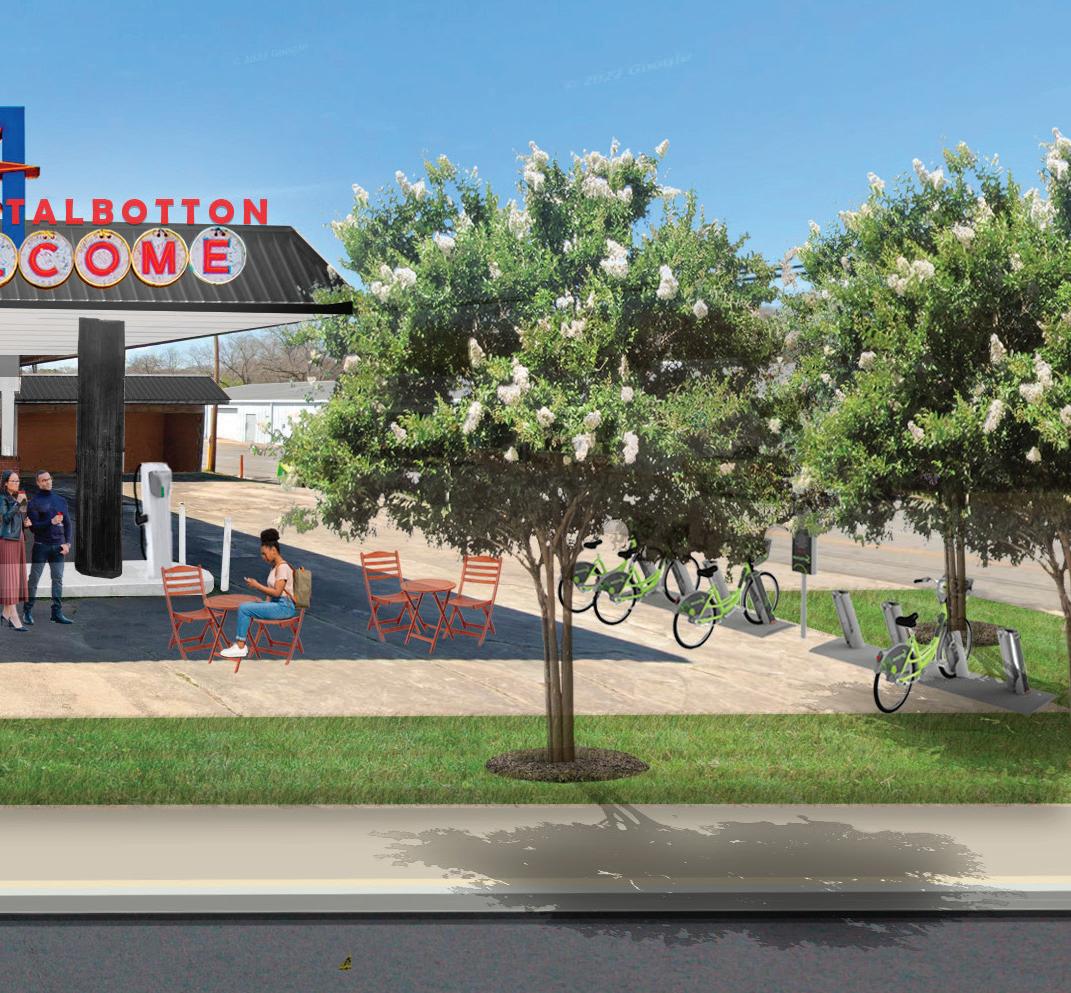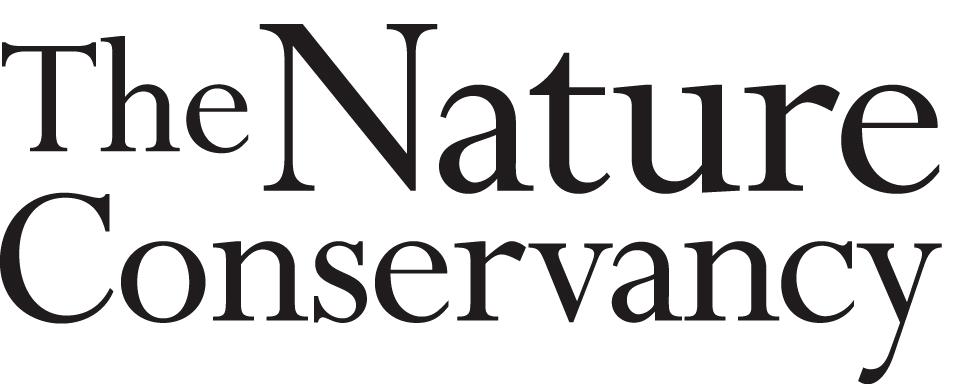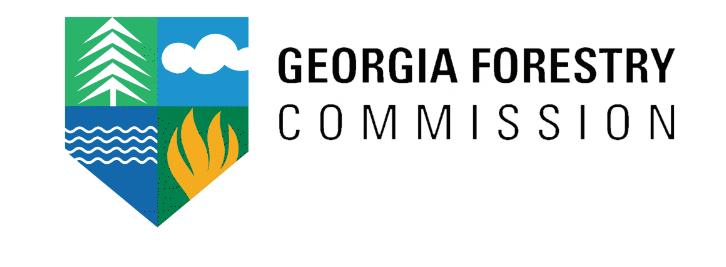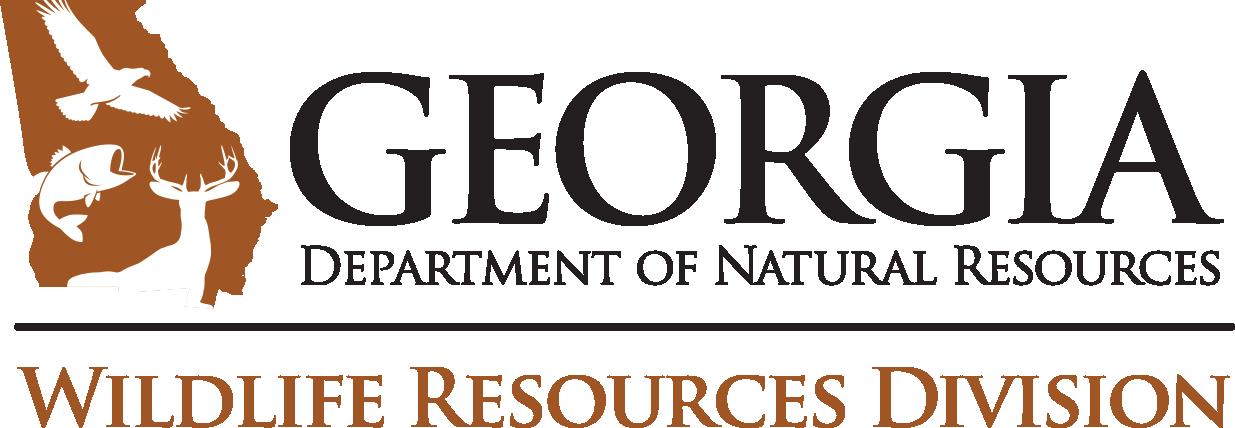CITY OF TALBOTTON AND TALBOT COUNTY
A VISION FOR COMPATIBLE USE SUPPORTING THE COMMUNITIES AROUND FORT MOORE, GEORGIA

CITY OF TALBOTTON AND TALBOT COUNTY
A VISION FOR COMPATIBLE USE SUPPORTING THE COMMUNITIES AROUND FORT MOORE, GEORGIA
River Valley Regional Commission
Jim Livingston, Executive Director
Email: jlivingston@rivervalleyrc.org
Ph: (706) 256-2910
Carl Vinson Institute of Government, University of Georgia
Scott Pippin, Public Service Associate
Email: jspippin@uga.edu
Ph: (706) 542-2736
Funding information: This project was prepared under contract with the River Valley Regional Commission, with financial support from the Office of Local Defense Community Cooperation, Department of Defense and the University of Georgia’s Carl Vinson Institute of Government. The content does not necessarily reflect the views of the Office of Local Defense Community Cooperation.
More information about the project and an interactive asset map may be found at www.rivervalleyccd.com. The plan was released in spring of 2023.
This plan describes community development opportunities in Talbot County that were produced in collaboration with local stakeholders as part of the River Valley Community Compatible Development Plan (RVCCD Plan). The RVCCD Plan reflects a strategy to promote economic development and prosperity in the River Valley region of Georgia and Alabama while preserving the landscape and land uses that align with Fort Moore’s military mission and protect the region’s natural resources. A key goal of the RVCCD Plan is to maintain the region’s rural character and support a good quality of life for area residents. The plan reflects a two-year effort involving a team from the University of Georgia’s Carl Vinson Institute of Government, the River Valley Regional Commission, Fort Moore and its Army Compatible Use Buffer partners, and six rural counties around Fort Moore: Marion, Chattahoochee, Stewart, Taylor, Talbot, and Russell. This effort produced local recommendations for each participating county and its cities. This document summarizes that effort in Talbot County.
The full RVCCD Plan is available at https://www.rivervalleyccd.com/.
River Valley Regional Commission
Jim Livingston, Executive Director
Allison Slocum, Historic Preservation Planner and Senior Planner
Patti Cullen, Consultant
The Nature Conservancy
Deron Davis, Conservation Project
Director - North America Region
Monica Thornton, Executive Director
Dan Ryan, Director of Conservation
Michael Hensley, Chattahoochee
Fall Line Project Director
LuAnn Craighton, Chattahoochee
Fall Line Outreach Director
Brant Slay, Chattahoochee Fall Line Conservation Manager
US Department of the Army, Fort Moore
Kirk Ticknor, Director, Directorate of Public Works
Brent Widener, Chief, Environmental Management Division - DPW
ACUB Advisory Board
US Department of the Army, Fort Moore, Brent Widener
The Nature Conservancy, Deron Davis
Georgia Department of Natural Resources, Ted Will Georgia Forestry Commission, Tim Lowrimore
US Department of AgricultureNatural Resources Conservation Services, Sharon Swagger
US Department of the Interior, Fish and Wildlife Service, Don Imm
Georgia Forestry Commission
R.T. Lumpkin, Prescribed Fire Center Coordinator
Cusseta-Chattahoochee County
Steering Committee
Chairman Charles Coffee
Commissioner Damon Hoyt
Laura Lee Bernstein
Josh Abercrombie
Kristy Brooks
Joe Addison
Mordie Askew
Marion County Steering Committee
Mayor Kevin Brown
Commissioner George Neal
Jay Wells
Claudine Morgan
Will Johnson
Debbie Ford
Jim Gilland
Ralph Blue
Russell County (AL) Steering Committee
Chairman Chance Corbett
Dennis Beason
Tracie Hadaway
Victor Cross
Commissioner Cattie Epps
Mayor Eddie Lowe
Lisa Sandt
Wallace Hunter
Paulette Colbert
Stewart County Steering Committee
Mac Moye
Mayor Jimmy Blount
Commissioner Joseph Williams
Chip Jones
Diane/Charles Lee
Randy Butts
Robert Lee
Mikayla Murphy
Ruthie Hamlin
Christina Garner
Talbot County Steering Committee
Pam & Frank Jordan
Dan Coffey
David Jordan
Tom Persons
Carol Ison
Sher’londa Walker
Debbie Buckner
Mary Stevens
Taylor County Steering Committee
Shonda Blair
Commissioner Tameka Harris
Mayor Barry Whitley
Lenda Taunton
Jarrod McCarthy
Mayor Butch Turner
Tom Queen
Vicki Wainwright
Milton Harris
Rex Robinson
Georgia Municipal Association/ Georgia Cities Foundation
University of Georgia Carl Vinson
Institute of Government
Scott Pippin, Public Service Associate
Saralyn Stafford, Assistant Director, Rural Development
Shana Jones, Assistant Director, Planning and Environmental Services
Danny Bivins, Senior Public Service Associate
Daniel Wyatt, Public Service Assistant
T. Clark Stancil, Landscape and Urban Designer
Kaitlin Messich, Public Service Associate
Leigh Elkins, Senior Public Service Associate
Kelsey Broich, Creative Design Specialist
Natalie Bock, Research Professional
Eleonora Machado, Creative Design Specialist
Karen DeVivo, Editor
Theresa A. Wright, Associate
Director, Survey Research and Evaluation Support
Brian W. Simmons, Public Service Assistant
Erik Thompson, Research Professional
Darrell Robinson, Research Professional
W. Tyler Cagle, Research Professional
Anna Brodmerkel, Graduate Assistant
Garrison Taylor, Graduate Assistant
Franco Conocchiari-Scherer, Graduate Assistant
Scott Luis, Law Fellow
University of Georgia, College of Environment + Design
Jon Calabria, Associate Professor
University of Georgia, Warnell
School of Forestry & Natural Resources
Kyle Maurice Woosnam, Professor
University of Georgia, College of Agricultural & Environmental Sciences
John Salazar, Professor
The Army’s mission is to deploy, fight, and win this nation’s wars. Accomplishing that mission requires rigorous training and preparation at places like Fort Moore. The RVCCD Plan presents strategies to promote compatible land uses in the region around Fort Moore. Compatible land uses are those that do not encroach on the Army’s ability to use its lands and resources to execute its mission, and therefore they can accommodate the smoke, dust, noise, and other impacts of the Army’s training activities. In addition, compatible uses reduce the environmental compliance burdens of the Army’s activities. The RVCCD Plan promotes compatible land use development by going beyond the traditional regulatory approaches such as zoning and other land use practices, and proposing bold, locally derived proposals for proactively supporting development and economic growth compatible with Fort Moore’s mission.
The primary findings and recommendations of the RVCCD Plan include the following:
• Survey respondents perceived the greatest strengths of the region to be Fort Moore’s presence (74%) and the region’s natural features, including natural resources (63%) and outdoor recreation (68%).
• Promoting compatible use in the region must be driven by local residents embracing compatible development practices because it makes economic and quality of life sense for them to do so.
• In addition to supporting Fort Moore, protecting areas surrounding Fort Moore through land conservation programs maintains the region’s rural character, something residents strongly value and want to preserve.
• Rural counties surrounding Columbus have the strong potential to tap into a vibrant regional tourism economy by showcasing their natural and cultural resources.
• Addressing systemic poverty, promoting long-term economic prosperity, and enhancing local capacity for planning and infrastructure investments will be critical to ensuring that the rural communities within these areas thrive in ways compatible with the nation’s national security mission.
• A robust accounting of the economic benefits the conservation buffer areas surrounding the installation have provided and will increasingly provide is an important next step in helping these communities recognize the full value of these lands and expand on it for their long-term prosperity.
Develop infrastructure project proposals suitable for funding through the Defense Community Infrastructure Pilot (DCIP) Program and other infrastructure funding opportunities, focusing on water and sewer upgrades.
Conduct an analysis in conjunction with Russell County on potential land use changes that could impact the Fryar Drop Zone, particularly any development requiring sewer line extensions in the area.
Conduct a feasibility analysis of sewer line extensions to Chattahoochee County and a study of related land use controls necessary to prevent incompatible development.
Undertake analysis and planning to ensure the transportation network can support community and military needs, including EV charging needs as the installation transitions its nontactical fleet to electric vehicles.
Build capacity among residents for community leadership and entrepreneurship through state and university leadership and capacitybuilding programs.
Develop regional partnerships to foster effective planning, asset management, code enforcement, and zoning administration.
Formulate more robust estimates of the economic and environmental service values provided by the conservation and recreation lands in the region.
Support dark sky efforts to prevent excess light pollution.
Connect river and stream corridor planning to larger conservation efforts.
Support arts, culture, and other community programs to build upon existing cultural assets and interest.
Improve communication between Fort Moore and the rural communities in part by initiating regular community briefings where installation staff brief community leaders on Army issues and needs, and community leaders brief installation leadership on community needs.

Each community engaged in the RVCCD process has a distinct character and individual assets, needs, and opportunities. To promote these unique local assets, each participating community was engaged to identify key resources that could be accentuated to foster future compatible growth and development. These local plans are rooted in the following key principles, which arose from the public input sessions held across the communities in this region.
• Preserving the small-town rural character of these communities and maintaining downtowns are top priorities for residents.
• Investments in vibrant downtowns promote compatible uses and preserve rural character.

• Emphasizing historic downtown development accentuates the distinctive and marketable assets of these rural southern communities while aligning with Fort Moore’s interest in seeing concentrated development in downtown communities as well to further compatible use.
• Strategic infrastructure investments in downtowns and other key areas will further promote compatible growth.
Based on the community engagement and input described in the RVCCD Plan, the following concepts were developed to promote compatible development and economic growth in Talbot County.
The Historic Zion Episcopal Church is a cultural gem that can be a centerpiece of a larger development strategy that highlights the cultural, artistic, and musical history of this community.


Talbot County and the city of Talbotton were once an agricultural center for the region. The years after the Trail of Tears saw rapid economic growth based on cotton production, peaches, and livestock. Talbot County grew to be one of the wealthiest counties in the state before the arrival of the boll weevil in the 1920s. This history has left the community with a bounty of historic homes and buildings. What remains of its downtown square offers tremendous promise. The Historic Zion Episcopal Church, which is featured in the Regional Vision chapter (page 149) of this document, is a cultural gem that can be a centerpiece of a larger development strategy that highlights the cultural, artistic, and musical history of this community. The projects proposed for this community focus on developing the downtown square as the key to reinvigorating energy around these elements and drawing much-deserved attention back to Talbot County.
TALBOTTON CITY HALL, EXISTING:
This photo shows existing conditions at Talbotton City Hall. This historic civic building needs maintenance attention.

PROPOSED: This proposed concept includes elements that highlight the historic charm of Talbotton City Hall, including arched windows, French doors, and more. This concept replaces small-canopy ornamental trees with largercanopy street trees for shade. A convenient EV charging station could encourage more regional visitors to stop and explore the downtown area.
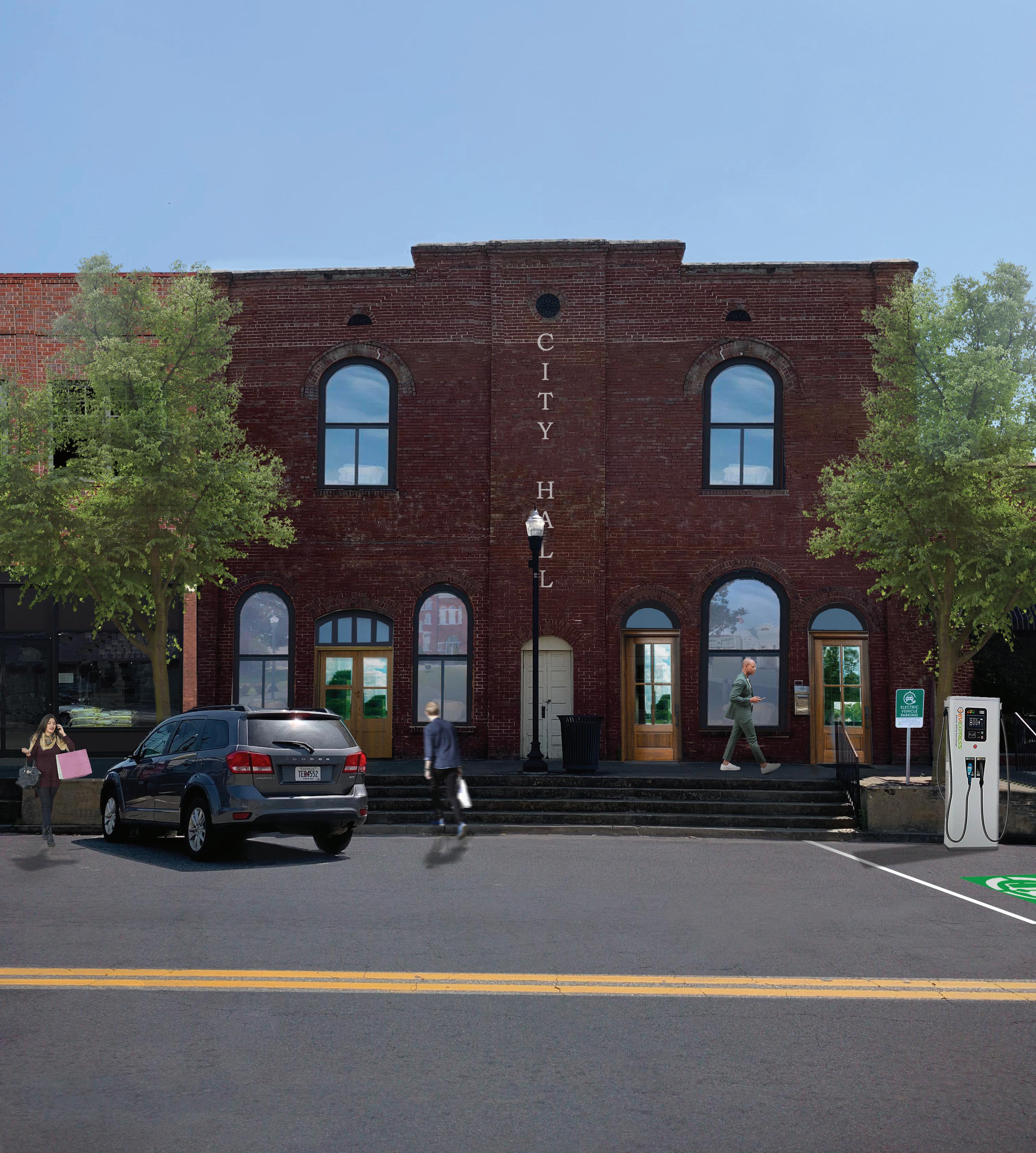

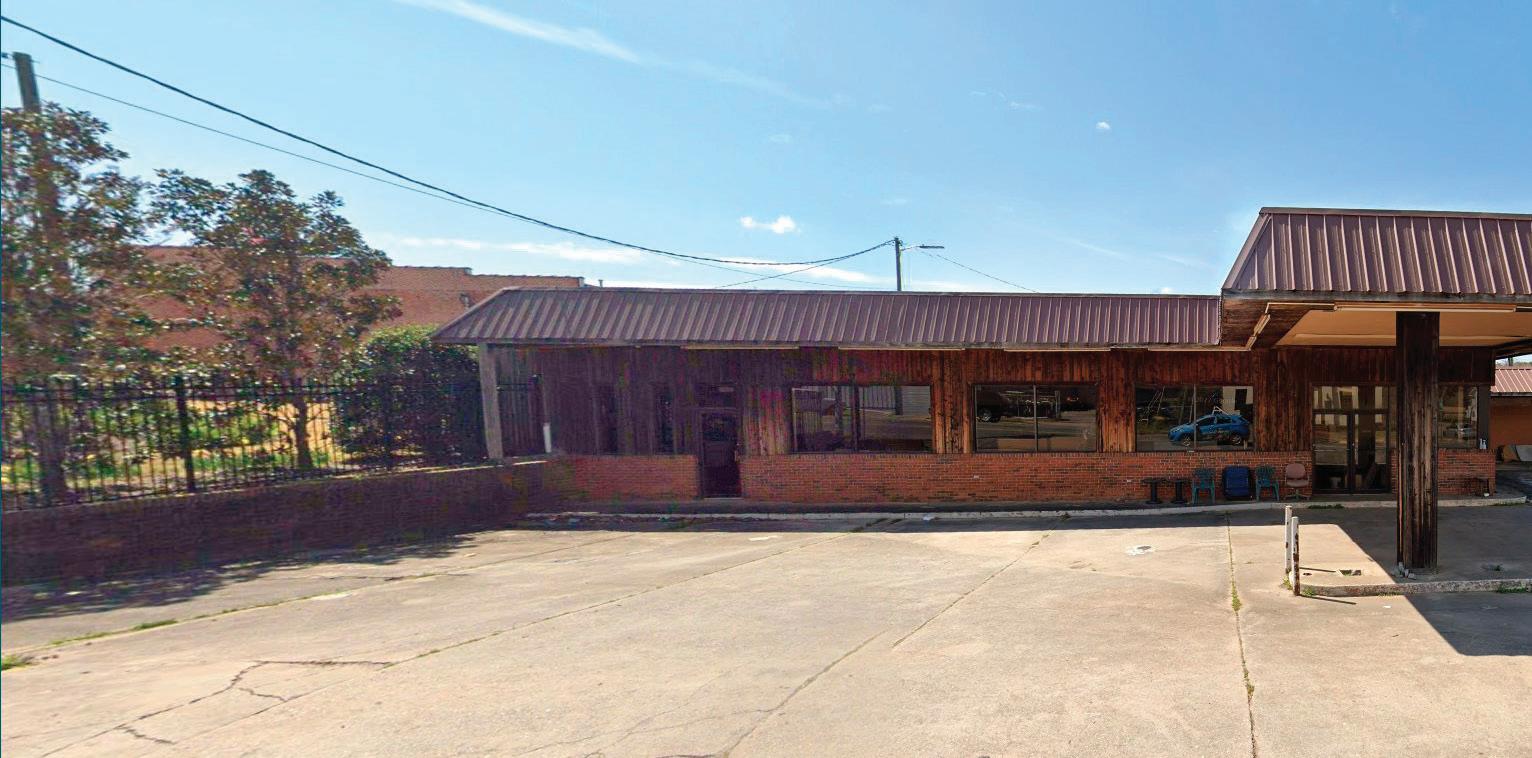
CENTER, EXISTING: This vacant service station near downtown Talbotton could be repurposed for community needs.

PROPOSED: This design shows a welcome center in an underutilized former gas station near downtown Talbotton. Elements like the EV charging stations and electric bike rental shown are intended to link Talbotton with the surrounding region and encourage visitors to explore the area.
